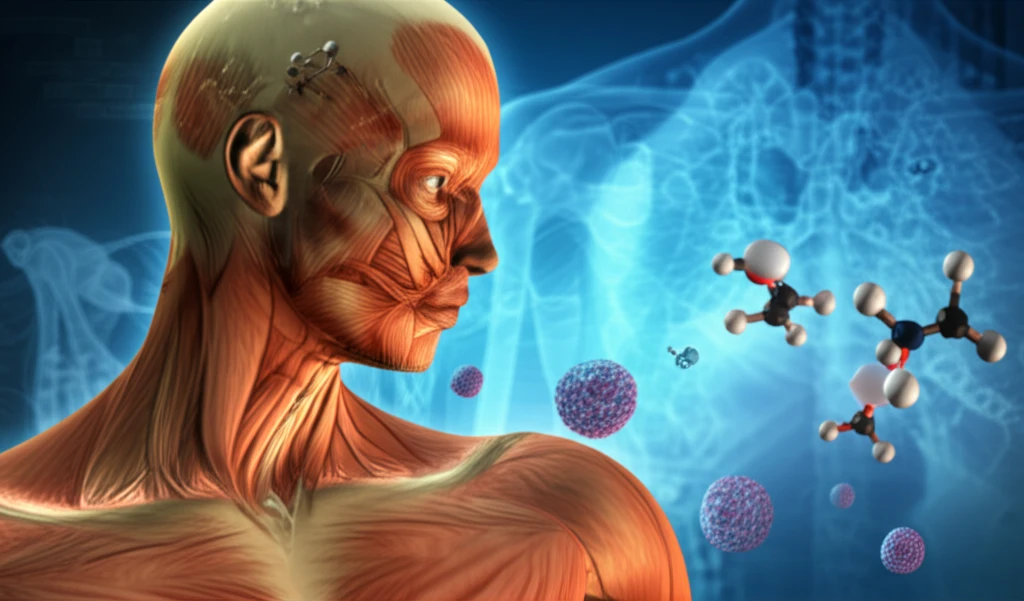
Axitinib and Weight Loss: What Does It Mean for Kidney Cancer Treatment?
"Unpacking the link between a targeted therapy, body composition, and outcomes in non-metastatic renal cell carcinoma"
Targeted therapies like axitinib have revolutionized cancer treatment, but their effects extend beyond just tumor cells. Researchers are increasingly interested in how these drugs impact a patient's overall body composition, including muscle mass and fat distribution. Understanding these changes is crucial for optimizing treatment strategies and improving patient outcomes.
A recent study delved into the effects of neoadjuvant axitinib—axitinib given before surgery—on anthropometric parameters (measurements of the human body) in patients with locally advanced non-metastatic renal cell carcinoma (RCC). This research offers valuable insights into how axitinib affects body composition in this specific patient population.
This article breaks down the key findings of this study, explaining the connection between axitinib, weight loss, sarcopenia (loss of muscle mass), and treatment response in non-metastatic RCC. We'll explore why these factors are important and what they could mean for future treatment decisions.
Axitinib's Impact on Body Composition: More Than Just Weight Loss

Axitinib, a tyrosine kinase inhibitor (TKI), is used to block the growth of new blood vessels that feed tumors. While effective in shrinking tumors, TKIs can also interfere with muscle-building pathways, leading to a loss of lean muscle mass. The study revealed that weight loss associated with axitinib was primarily due to a reduction in skeletal muscle and subcutaneous fat, with little change in visceral fat.
- Weight Loss Specificity: Weight loss from axitinib treatment primarily affects skeletal muscle and subcutaneous fat.
- Muscle Mass Matters: Loss of muscle mass (sarcopenia) can influence treatment outcomes and overall survival.
- Visceral Fat's Role: The amount of visceral fat might be connected to how well patients respond to TKI therapy, echoing findings in liver cancer studies.
Pretreatment Sarcopenia: A Potential Predictor?
Interestingly, the study found a direct correlation between pretreatment sarcopenia and the radiologic extent of tumor shrinkage during axitinib treatment. This suggests that patients who already have lower muscle mass before starting axitinib might experience greater tumor shrinkage.
While previous research has linked pretreatment sarcopenia to poorer RCC survival and increased toxicities from targeted therapies, this study highlights a potential positive association with tumor shrinkage. However, the researchers emphasize that these results need further confirmation.
If validated, pretreatment sarcopenia could become an important factor in selecting patients who might benefit most from pre-surgical systemic treatment. Further research is needed to fully understand the implications of these findings and to develop strategies to manage weight loss and sarcopenia in patients receiving axitinib.
